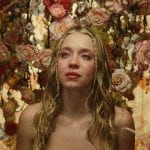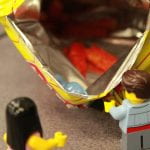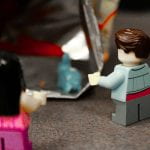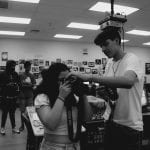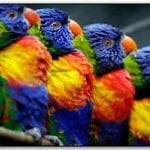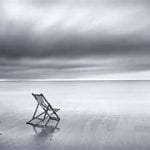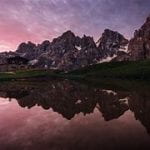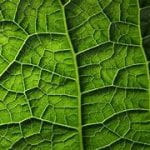activism in art
No process portfolio, submitted last year:)
Album cover
2 New photos, march 1st
2 New Photos
2 New photos
Exhibition sign
2 New Photos
2 New photos
2 New Photos
Inspiration Pictures
How to screen print
- Get something clean and unwrinkled to screen print onto, if using a piece of clothing avoid using fabric softener as it can hinder the process.
- You can use a black and white image online or draw one for the t-shirt design.
- Print the image onto a clear transparency sheet.
- Cover your workstation with something to protect it from any harsh chemicals.
- Make sure your workstation is in a dim room
- Mix the emulsion and sensitizer according to the instructions provided.
- Elevate a silkscreen by placing a pushpin into each corner on the flat surface.
- put 1-2 tbsp of emulsion into the well of the frame
- use a squeegee to spread the emulsion over the screen
- flip the frame over and cover the flat side of the screen with emulsion
- rest the screen and leave it in a dim room overnight.
- place the transparency sheet and a glass sheet onto the flat side of the frame.
- position a light source in the off position above the layered frame.
- expose the emulsion to the light according to the manufacture instructions
- spray the screen with cold water until all the wet emulsion is removed
- let it airdry for 30 minutes
- slip a piece of flat cardboard into the clothing
- position the flat side of the screen against the front of the t-shirt
- put a tablespoon of screen printing ink above the design
- use a squeegee to pull the ink across the design
- remove the screen from the t-shirt and allow the ink to dry before setting it
- set the dried ink with heat to permanently press the design onto the clothing
Artist who specialize in screen printing
-Andy Warhol
-Roy Lichtenstein
-Peter Blake 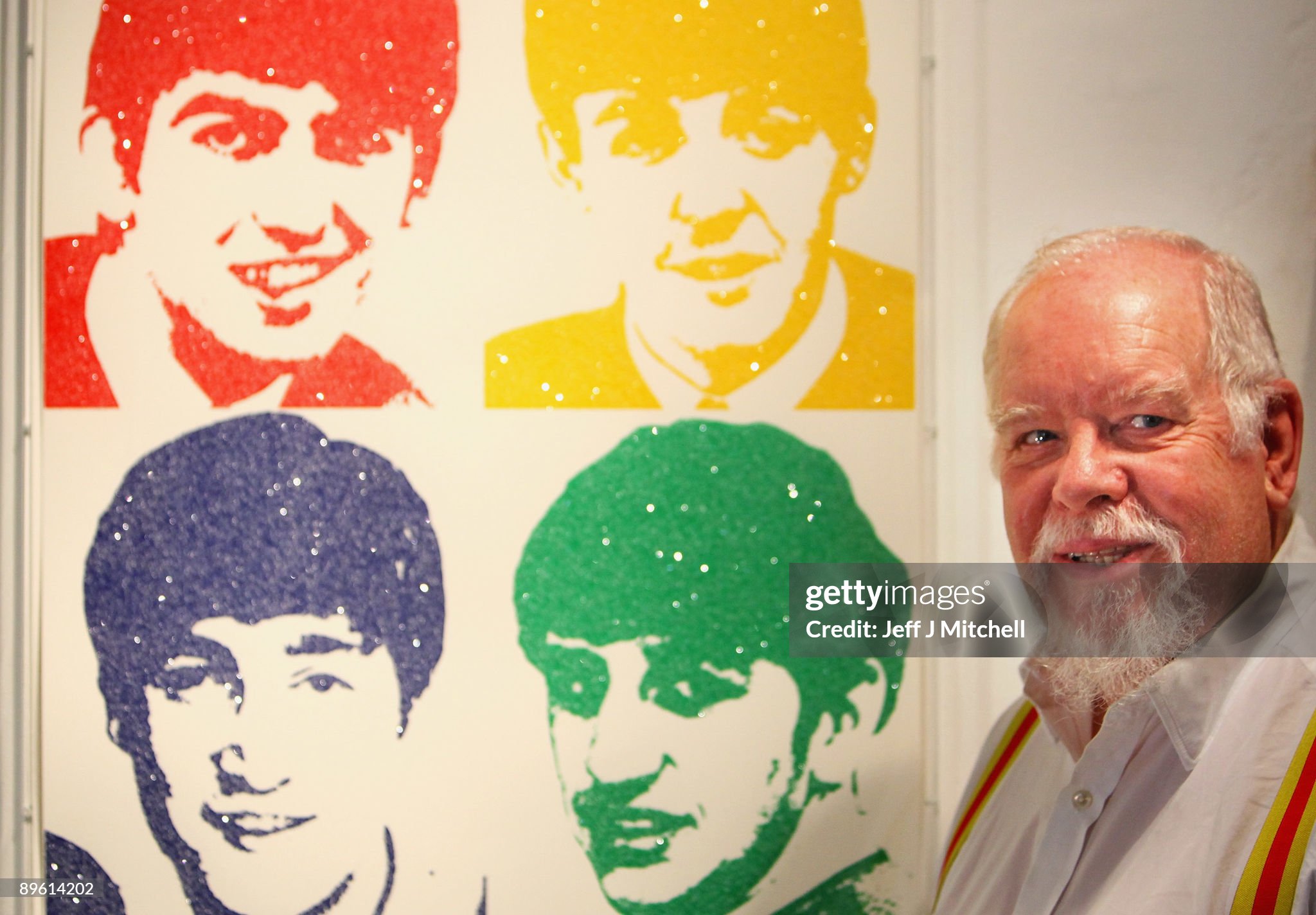
Designs I would think of screen printing

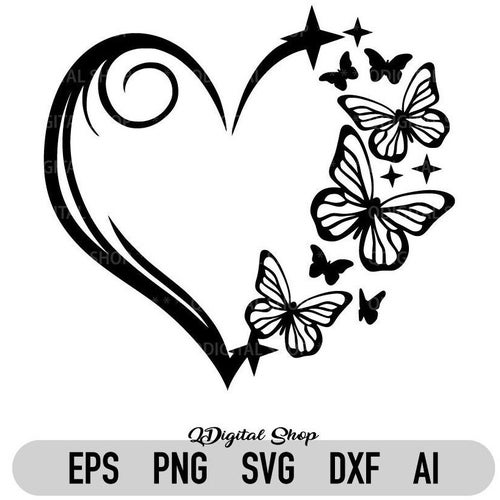
Recreation Original
*Absent on cyanotype making day
David LaChapelle- An American photographer who focuses on very surrealist like photography/art. I really like his work because its very unique and he also focuses on different pops of color, making his work intriguing.
Diane Arbus- An American Photographer who chose to take images of strippers, carnival performers and people with dwarfism. I really like her photography because she chooses to take candid photos rather than position the/ objectify them in her photos.
Don McCullin- A British photographer most famously known for his photojournalistic images of wars and his documentation of poverty. I like his photography because in his images he chooses to show the reality of war, something that was still glorified during these times.
Cidny Sherman- An American Artist who chooses to explore the ideas of identity and stereotypes within her photography. I like the way she chooses to stick to very almost green screen like photos. It adds a lot to the picture.
Beth Sternbaum- An editorial and natural makeup artist who photographs beauty. I really like the way this artist presents the beauty of makeup and the natural beauty of women. The colors she chooses to use compliment the models very well and enhance their features.
Haroldedgerton- A fashion designer in the early 30’s. produced almost 100 vouge covers. He has a very elegant and glamorous photographic style. I really like the way he shows the way he poses the women to look almost powerful. Especially in a time when women were only viewed as wives, I think this sent a very powerful message.
Sandy Skoglund- A surrealist artist and photographer. Sandy focused on mixing the animal world and the human word making her artwork quite intriguing. I like the way she depicts the human world as a part of the animal world not the animal world being a part of the human world like how most people see it.
Frida Kahlo- Frida Kahlo was a self-taught artist who mainly expressed metaphorical pieces of artwork through paintings. I really like her work because behind every painting there is a story meaningful to her life.
Vincent Van Gogh- Vincent Van Gogh was a famous painter who loved to express his creativity while in a mental institution. He is most known for his works like the bandaged ear and the starry night. I like his work because many of the time it leaves the question of “why was this created, what was his purpose?”
Vivian Maires- Vivian was a street photographer who really focused on the idea of self-portraits through photography. She took many selfie-like photos. She interested me because she took these in the early 70s which was a time when selfies didn’t really exist. She also held her camera like a phone which is quite interesting.
An artist who inspires me is this artist Vladimir Kush. Many of his art works are surrealism that focus on the nature and human ideas combining. This artwork was really eye-catching to me because of the candle. To me this artwork gives the message that God is directing those in trouble. The ship looks to me in the middle of a storm, however the candle and hands are paving the light way. A candle is symbolic to the catholic religion as it is a significant role in accomplishments such as baptisms and communions. The hands itself look to be as if they’re giving a blessing. Overall, this piece is beautiful and more than likely a statement piece because it was made in the 80s, a time where people began to stray away from religion.
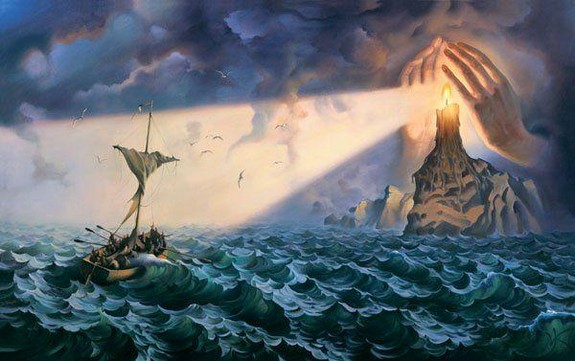
What are aperture, shutter speed and ISO?
Aperture is the size and opening of the lens which can change depending how much light you want to let into your photo, shutter speed, Shutter speed is the amount of time the lens/camera lets camera in, ISO is the cameras sensitivity to light, different settings have a different ISO.
When would you need to change your ISO?
An ISO would have to be changed whenever you change settings or move the camera around. Every place has a different lighting meaning the iso greatly affects how bright or dark your photo is.
What is aperture and shutter priority settings?
In shutter priority the camera takes care of the aperture, the photographer would have to manually set up ISO and shutter speed. In aperture priority the camera takes care of shutter speed while you take care of the aperture.
What are AF modes how do you change them?
AF modes are autofocus modes which allows you to change the way the camera focuses. There is still focus and continuous focus which can be found on the info screen.
Why do your need to meter the light to get the right exposure?
The meter light helps photographers capture the perfect image tone with ISO, shutter speed, and aperture.
What is white balance and why would you need to change it?
White balance is getting rid of unrealistic color casts. Without white balance, the image will have colors that are different than the actual colors.
What is depth of field and what is the difference between shallow and good?
Depth of field is how much of your image is in focus. Shallow depth of field is a small area in focus typically a background is blurry. A good depth of field means a larger area is in focus.
What are drive modes and metering modes?
Drive mode takes photos with fingers pressed down on the shutter release button. Metering mode determines which areas of the frame are used to see the brightness of a photo.
What is exposure compensation?
Exposure compensation allows a photographer to control exposure settings to change the aperture and shutter speed settings making images darker or lighter by a little bit.



















